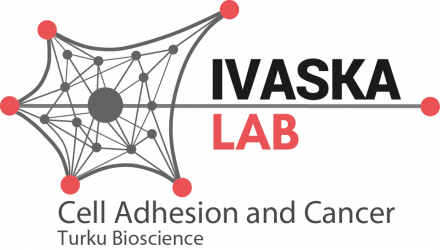Pressure Drives Rapid Burst-Like Coordinated Cellular Motion from 3D Cancer Aggregates by Swetha Raghuraman et al.
Adv Sci (Weinh). 2022 Feb;9(6):e2104808. doi: 10.1002/advs.202104808. Epub 2022 Jan 7.
ABSTRACT
A key behavior observed during morphogenesis, wound healing, and cancer invasion is that of collective and coordinated cellular motion. Hence, understanding the different aspects of such coordinated migration is fundamental for describing and treating cancer and other pathological defects. In general, individual cells exert forces on their environment in order to move, and collective motion is coordinated by cell-cell adhesion-based forces. However, this notion ignores other mechanisms that encourage cellular movement, such as pressure differences. Here, using model tumors, it is found that increased pressure drove coordinated cellular motion independent of cell-cell adhesion by triggering cell swelling in a soft extracellular matrix (ECM). In the resulting phenotype, a rapid burst-like stream of cervical cancer cells emerged from 3D aggregates embedded in soft collagen matrices (0.5 mg mL-1 ). This fluid-like pushing mechanism, recorded within 8 h after embedding, shows high cell velocities and super-diffusive motion. Because the swelling in this model system critically depends on integrin-mediated cell-ECM adhesions and cellular contractility, the swelling is likely triggered by unsustained mechanotransduction, providing new evidence that pressure-driven effects must be considered to more completely understand the mechanical forces involved in cell and tissue movement as well as invasion.
PMID:34994086 | PMC:PMC8867140 | DOI:10.1002/advs.202104808
